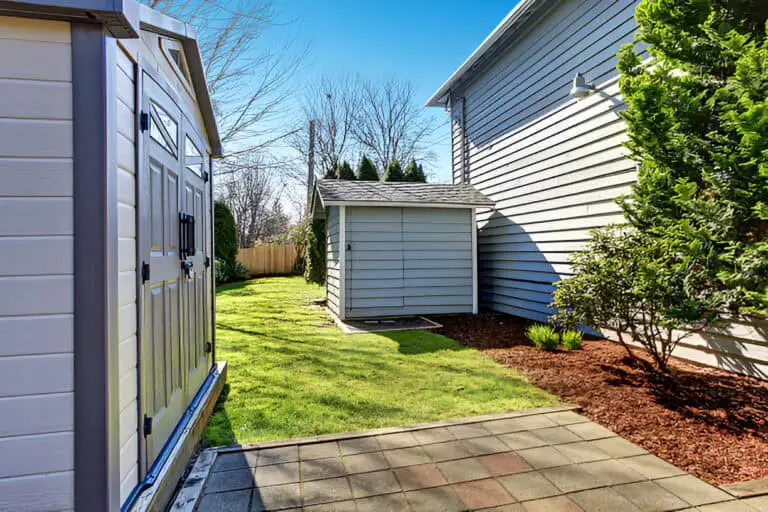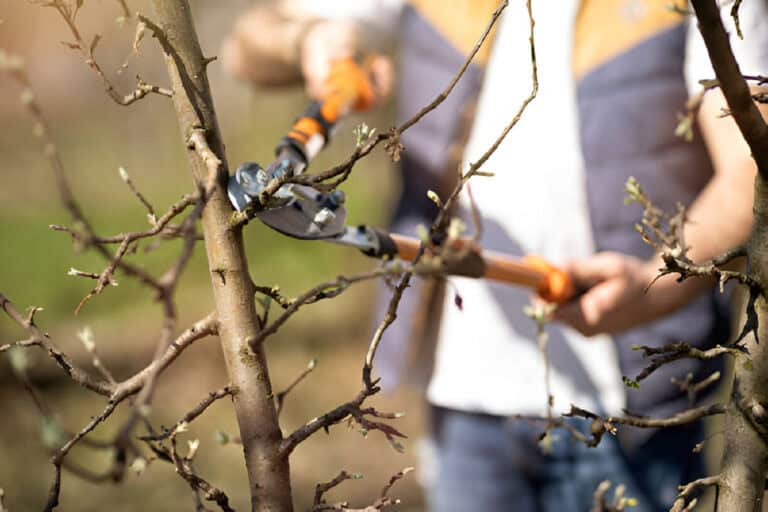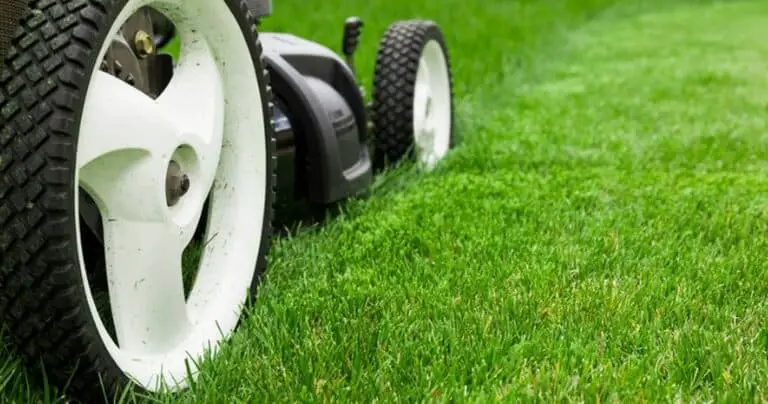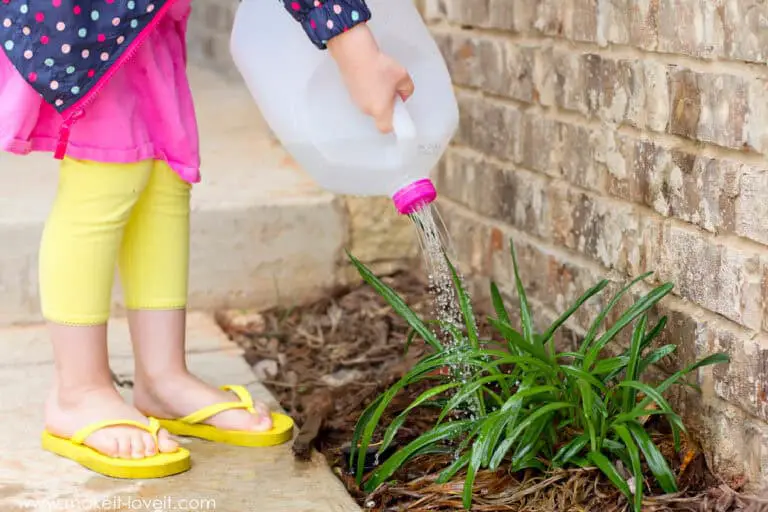What’s the Best Material for Outdoor Sheds? Wood, Metal, or Plastic?
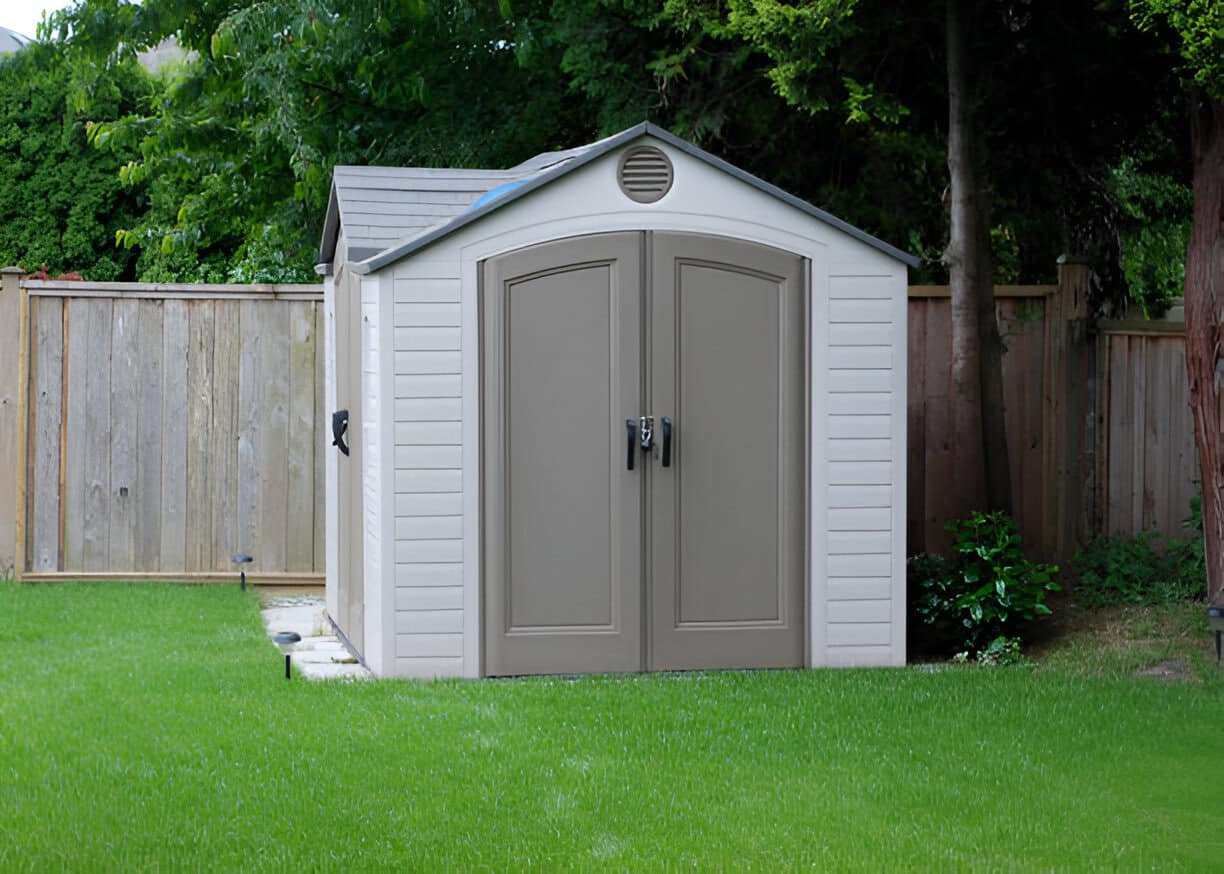
Choosing the right material for your outdoor shed can feel like a major decision—almost like picking a vehicle for your needs. Do you want something sturdy that can handle harsh weather, or are you more interested in a low-maintenance, sleek design?
Maybe you’re looking for something that will also add a bit of character to your backyard. With so many options, from wood to metal to plastic, it can be hard to find the best fit.
So, which material should you choose? The answer depends on your priorities. Are you aiming for durability and strength, or is convenience and cost-effectiveness your top concern? Each material—wood, metal, and plastic—offers unique advantages that suit different needs.
By reading this article, you’ll gain insight into the pros and cons of each material. This will help you make an informed decision that suits your budget, style, and the long-term needs of your shed. Whether you’re building a new shed or replacing an old one, this guide will point you in the right direction.
Why Material for Outdoor Sheds Matters?
When it comes to choosing the right material for your outdoor shed, the material you pick can have a big impact on its longevity, functionality, and overall appearance. Whether you’re storing tools, gardening supplies, or using your shed as a small workspace, the material will determine how well your shed performs over time.
Different materials offer different benefits. For example, wood sheds give your backyard a classic look and are great for those who enjoy DIY projects. Metal sheds are known for their durability and low maintenance, while plastic sheds are often lightweight and weather-resistant. Each material has its pros and cons, so it’s important to know what you’re looking for before making a decision.
In this article, we’ll dive into the specific advantages and drawbacks of wood, metal, and plastic sheds, helping you choose the best material for your needs. Whether you prioritize aesthetics, strength, or ease of upkeep, we’ll break down all the factors that make each material unique.
The Big Three: Wood, Metal, and Plastic Sheds
Each shed material comes with its pros and cons. The right choice depends on your climate, budget, and how you plan to use the shed.
| Material | Pros | Cons |
| Wood | Classic look, customizable, strong | High maintenance, expensive, prone to rot and pests |
| Metal | Durable, fire-resistant, low maintenance | Can rust, noisy in rain, less customizable |
| Plastic | Lightweight, weather-resistant, easy to assemble | Less durable, limited customization, may not suit all aesthetics |
Now, let’s take a deeper dive into each material.
Wood Sheds: The Classic Contender
If backyard sheds had a “gold standard,” wood would wear the crown. Wooden sheds have been around for centuries, offering both function and beauty.
Pros of Wood Sheds
✔ Customizable – You can paint, stain, or even shingle a wood shed to match your home. ✔ Sturdy and heavy – Strong enough to handle tough weather and high winds. ✔ Insulation-friendly – If you plan to use your shed as a workspace, wood keeps the interior more temperature-stable. ✔ Long-lasting – With proper maintenance, a wood shed can last for decades.
Cons of Wood Sheds
❌ High maintenance – Wood needs sealing, staining, or painting to prevent rot and weather damage. ❌ Expensive – High-quality wood sheds cost more than plastic or metal alternatives. ❌ Vulnerable to pests – Termites, carpenter ants, and other critters love wood.
✔ Best For: Homeowners who want a shed that adds aesthetic value and are willing to put in maintenance work.
Metal Sheds: The Tough and Practical Choice
Metal sheds are like the rugged, no-nonsense workhorse of backyard storage. They get the job done with minimal fuss.
Pros of Metal Sheds
✔ Low maintenance – No need to paint or seal regularly. ✔ Fire-resistant – Unlike wood, metal won’t go up in flames. ✔ Pest-proof – Termites and rodents can’t chew through steel. ✔ Durable – Can last a long time if properly maintained.
Cons of Metal Sheds
❌ Prone to rust – Without protective coatings, metal sheds can corrode. ❌ Noisy in rain – A good rainstorm turns your shed into a drum set. ❌ Less attractive – Metal sheds don’t blend naturally into most backyards.
✔ Best For: People who need a strong, low-maintenance shed for storage but don’t prioritize aesthetics.
Plastic Sheds: The Modern, No-Hassle Solution
Plastic sheds have come a long way from their flimsy past. Today’s versions are durable, weather-resistant, and incredibly easy to assemble.
Pros of Plastic Sheds
✔ Low maintenance – No painting, sealing, or treating required. ✔ Weather-resistant – Won’t rot, rust, or warp. ✔ Lightweight – Easy to move or reposition if needed. ✔ Affordable – Generally cheaper than wood and some metal options.
Cons of Plastic Sheds
❌ Less sturdy – Plastic isn’t as strong as wood or metal. ❌ Limited customization – You can’t easily paint or modify a plastic shed. ❌ Can look cheap – Not always the most visually appealing option.
✔ Best For: Homeowners who want a simple, maintenance-free storage solution.
| Check out: Plastic vs. Wood for Backyard Sheds: Which One Wins the Backyard Battle? |
Which Shed Material is Best for Your Climate?
Your local climate plays a huge role in choosing the right shed material. Here’s how each type holds up:
| Climate | Best Shed Material |
| Hot & Humid | Plastic (resists mold and moisture damage) |
| Cold & Snowy | Wood (better insulation and stability) |
| Windy Areas | Wood or Metal (heavier and more resistant to strong gusts) |
| Rainy & Coastal | Plastic (won’t rust or rot) |
Making the Final Decision: What’s Right for You?
Still unsure? Ask yourself these questions:
- What’s my budget?
- Tight budget? Plastic sheds offer the best bang for your buck.
- Willing to invest? Wood provides the best long-term durability and aesthetics.
- How much maintenance do I want?
- Hate maintenance? Plastic is the easiest to manage.
- Okay with upkeep? Wood is worth the effort.
- How will I use the shed?
- Just for storage? Metal or plastic will do the trick.
- Want a workspace or aesthetic backyard feature? Wood is the way to go.
Final Verdict
If you’re after a beautiful, customizable shed and don’t mind upkeep, wood is the winner. If you prioritize durability and fire resistance, metal takes the crown. If you want zero maintenance and an easy setup, plastic gets the job done.
In the end, the best shed is the one that fits your lifestyle, climate, and needs. Whether you go with the timeless charm of wood, the rugged strength of metal, or the modern ease of plastic, your shed should serve you well for years to come. Happy shed hunting!



